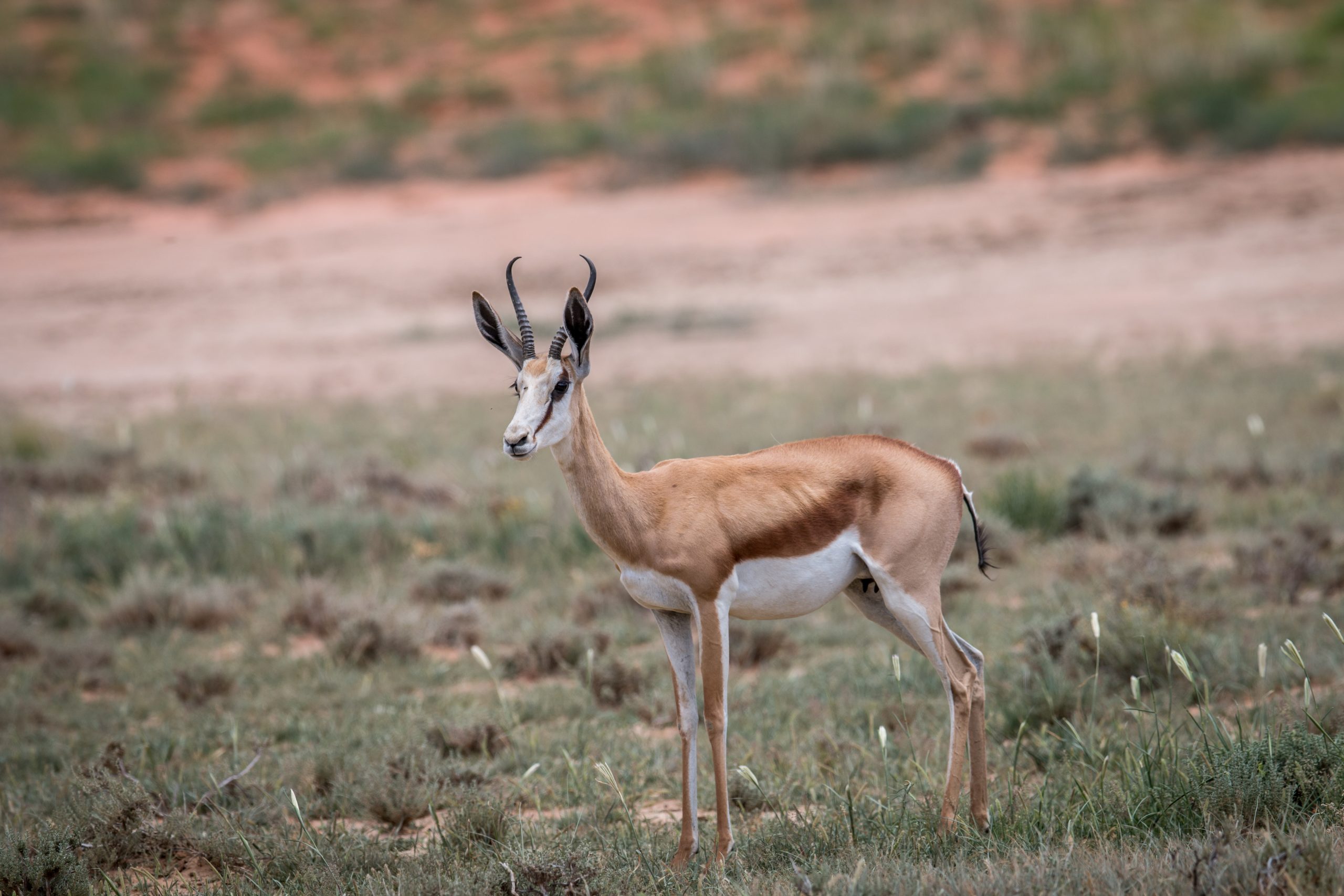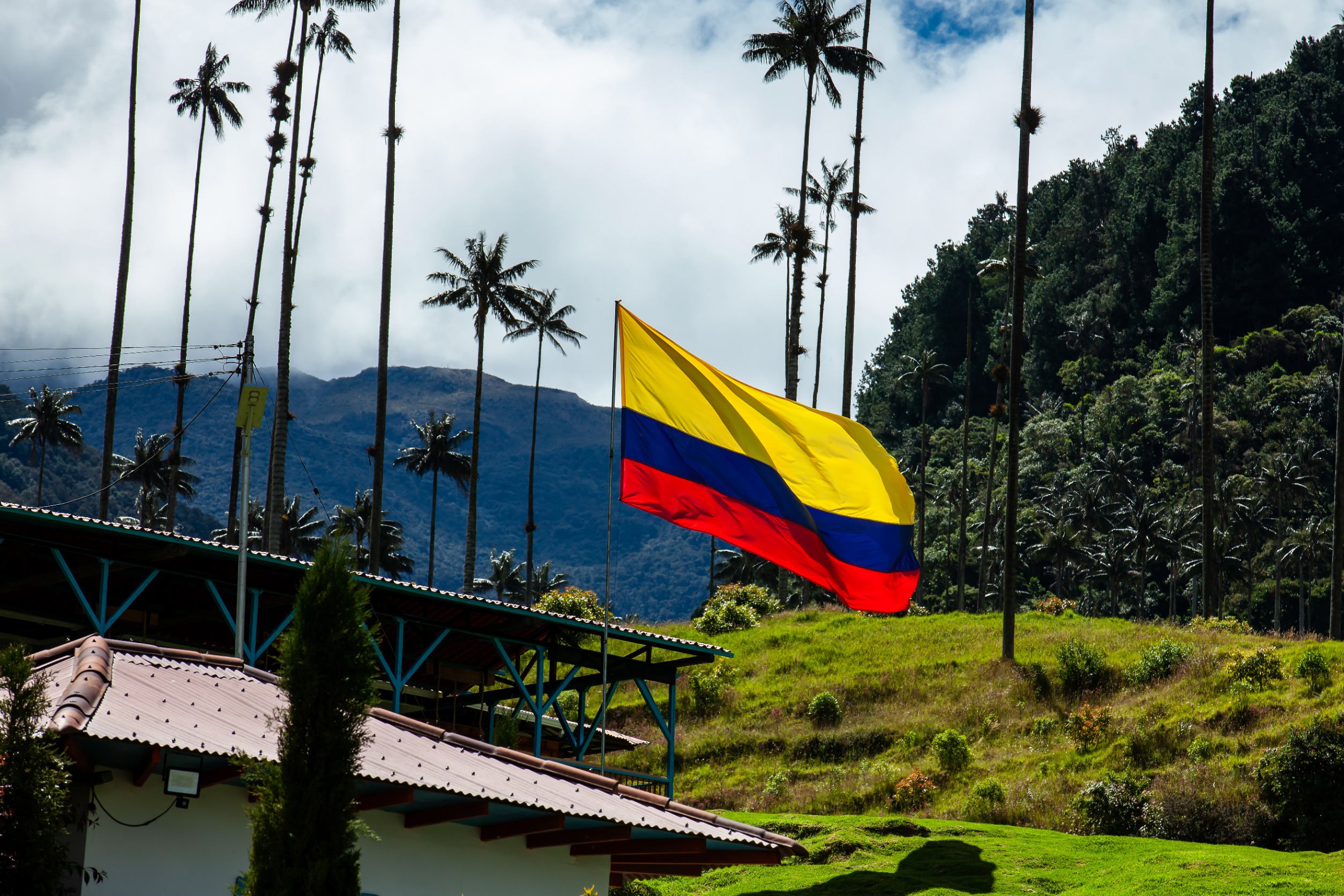BY THE OPTIMIST DAILY EDITORIAL STAFF
A thorough aerial study in South Sudan revealed a startling migration of six million antelope, establishing it as the world’s greatest land mammal migration. This journey is more than double the size of the well-known annual ‘great migration‘ between Tanzania and Kenya, involving around two million wildebeest, zebras, and gazelles.
“The migration in South Sudan blows any other migration we know of out the water,” remarked David Simpson, park manager for Boma and Badingilo national parks with African Parks. “The estimates indicate the vast herds of antelope species are almost three times larger than East Africa’s great migration. The scale is truly awe-inspiring.”
Endurance during conflict
Despite decades of civil violence and upheaval in South Sudan, the region’s wildlife has somehow survived. According to a 2007 Wildlife Conservation Society assessment, the migration totaled approximately 1.3 million animals. However, African Parks, which manages Boma and Badingilo national parks on behalf of the government, has provided a more precise count with upgraded equipment and a larger survey area. The survey used two planes fitted with cameras designed to record photographs every two seconds, resulting in 330,000 photos that were later examined by University of Juba grads using specialist software.
“Seeing these animals here at such scale is something I could have never fathomed still existed on the planet,” said Mike Fay, African Parks’ landscape coordinator for Boma and Badingilo. “From the air, it felt like I was watching what Earth might have been like millennia ago when nature and humans still existed together in balance.”
Survey methodology and findings
From April 28 to May 15, 2023, pilots and observers flew over an area of 122,774 square kilometers, roughly the size of Greece, spanning the full known range of antelope species in the Boma-Badingilo Jonglei region. They even conducted surveys in hitherto undiscovered locations. Aside from antelope, the survey included lions, giraffes, buffalo, and elephants.
“The most difficult challenge is setting up the aerial survey equipment on the planes, so the field of view is correct and the calibration is precise and accurate,” Fay explains. “It’s extremely dangerous flying low-level with big birds, like vultures, in the air around the plane, and it’s intense flying for four hours and counting continuously every day for weeks.”
The survey predicted five million white-eared kob, little under 300,000 tiang, 350,000 Mongalla gazelle, and 160,000 bohor reedbuck, for a total of about six million antelope. Fay underlined that these findings prove “this great Nile migration of antelope is the largest on Earth, according to our data, dwarfing any other known land mammal migration on the planet.”
The year-round voyage
The great Nile migration travels year-round from the southwest to the northeast, passing via Ethiopia’s Gambella and back. This movement is most likely motivated by the availability of suitable grazing conditions. As part of the study, 126 animals from 12 different species were collared to determine how far they went. Eleven collared white-eared kobs, the most prevalent antelope in the area, were traced for almost 2,000 kilometers each.
While South Sudan’s migration is not the longest land animal migration (the caribou migration in Alaska covers 3,200 kilometers), it is comparable to the great migratory between Tanzania and Kenya, which is noted for the dramatic Mara River crossing. Although South Sudan has the largest large mammal migration, it pales in contrast to Zambia’s yearly bat migration, which involves 10 million straw-colored fruit bats flying from West Africa to Kasanka National Park.
Conservation and ecotourism potential
Simpson praised the study’s findings as a “game-changer for conservation efforts in South Sudan,” predicting that they might become “one of the greatest conservation opportunities on the planet.” Despite existing safety worries for international tourists, Simpson sees enormous tourism potential.
“Having the world’s largest land mammal migration could put South Sudan on the map as a must-visit ecotourism destination. But the migration’s current critical value is food security for local communities,” he noted.
Challenges and opportunities for the future
The Boma-Badingilo Jonglei environment is home to many people who rely on the land. The survey revealed not only the extent of wildlife but also challenges to migratory species and the human groups who rely on them. Simpson warned of “the expansion of roads, agriculture, charcoal production, commercialization,” which can lead to habitat loss, resource depletion, and disruption of migration routes, ultimately threatening the survival of the migration and the livelihoods of local people.
“By ensuring the health of the ecosystems the migration depends on, the livelihoods of people across the migration landscape can be secured,” he concluded.












